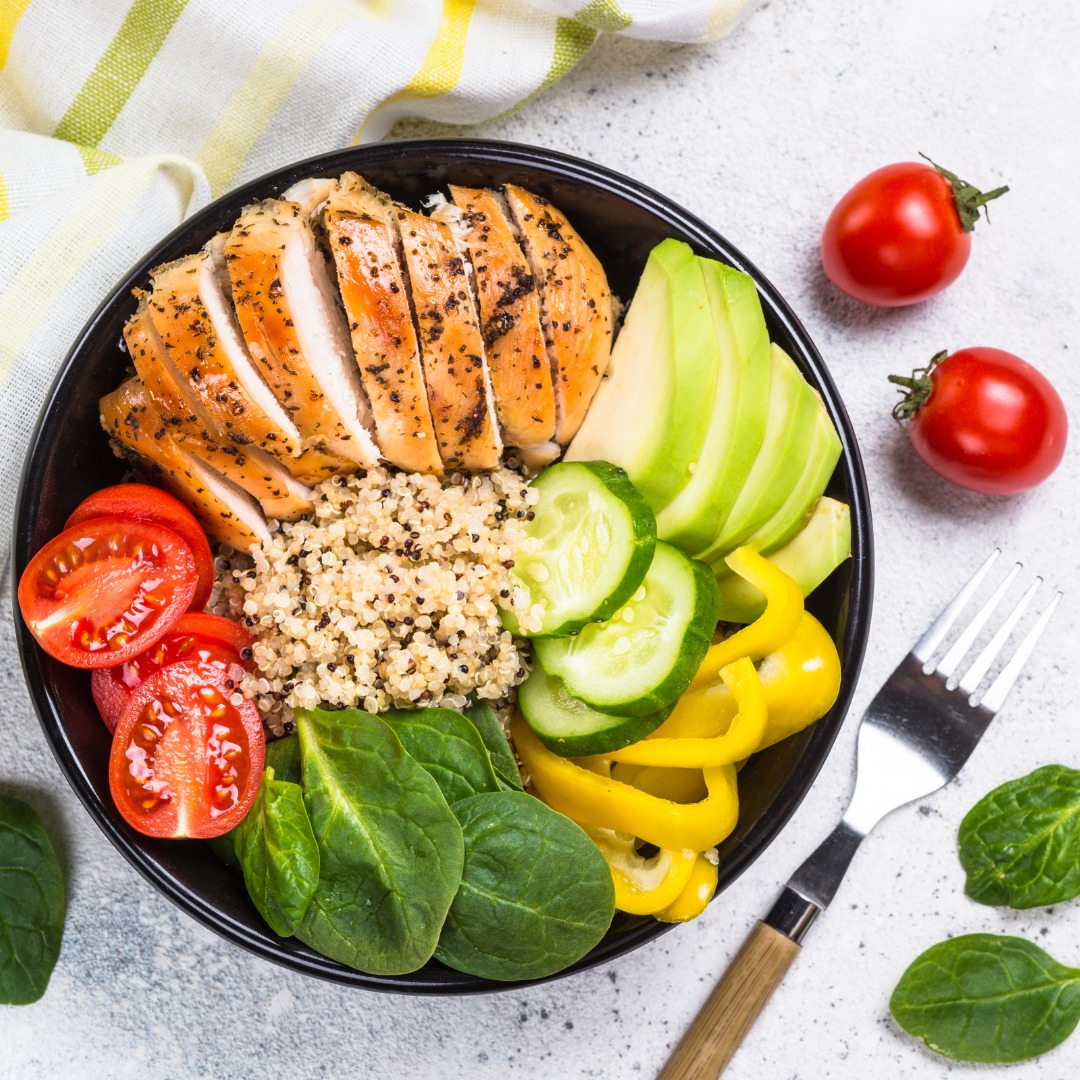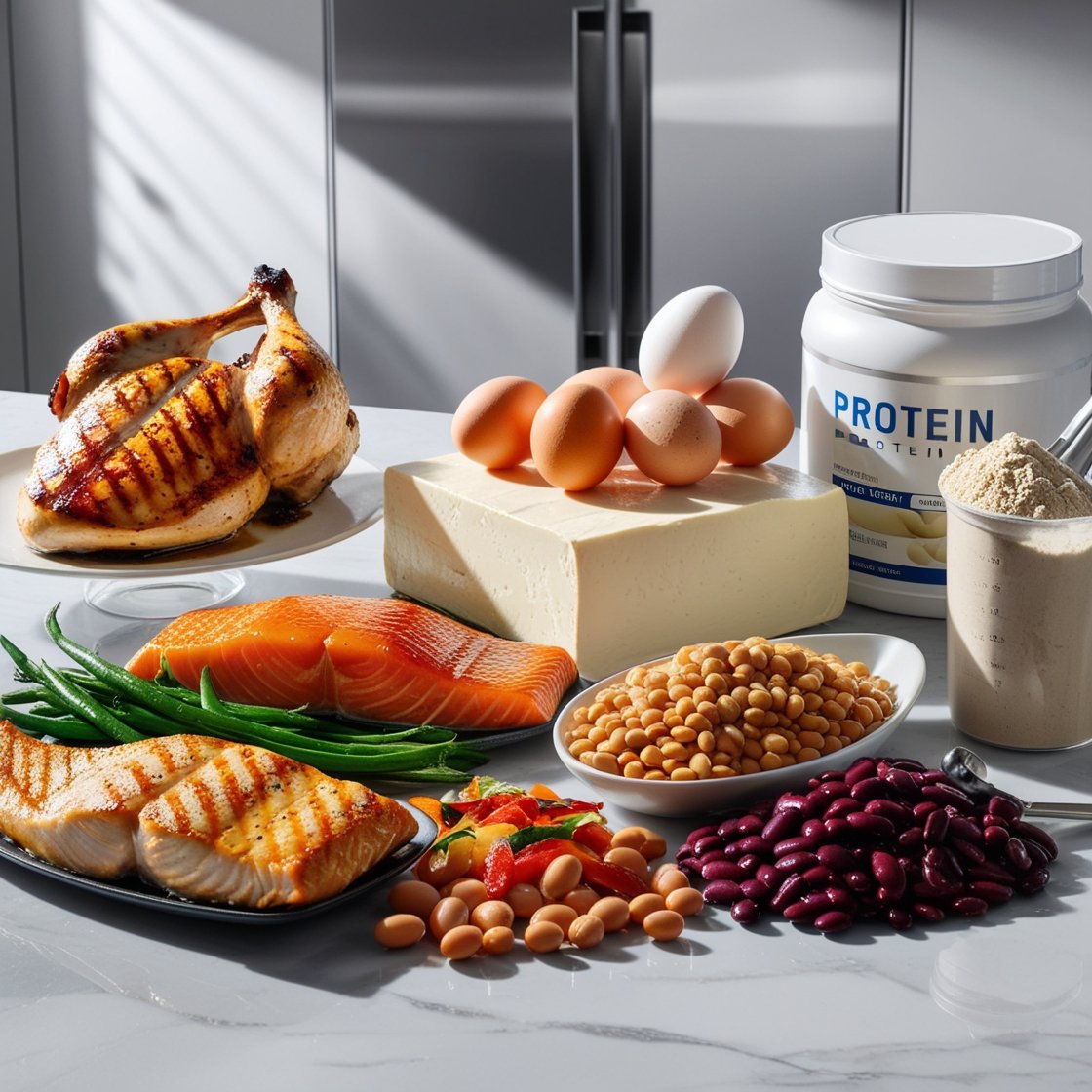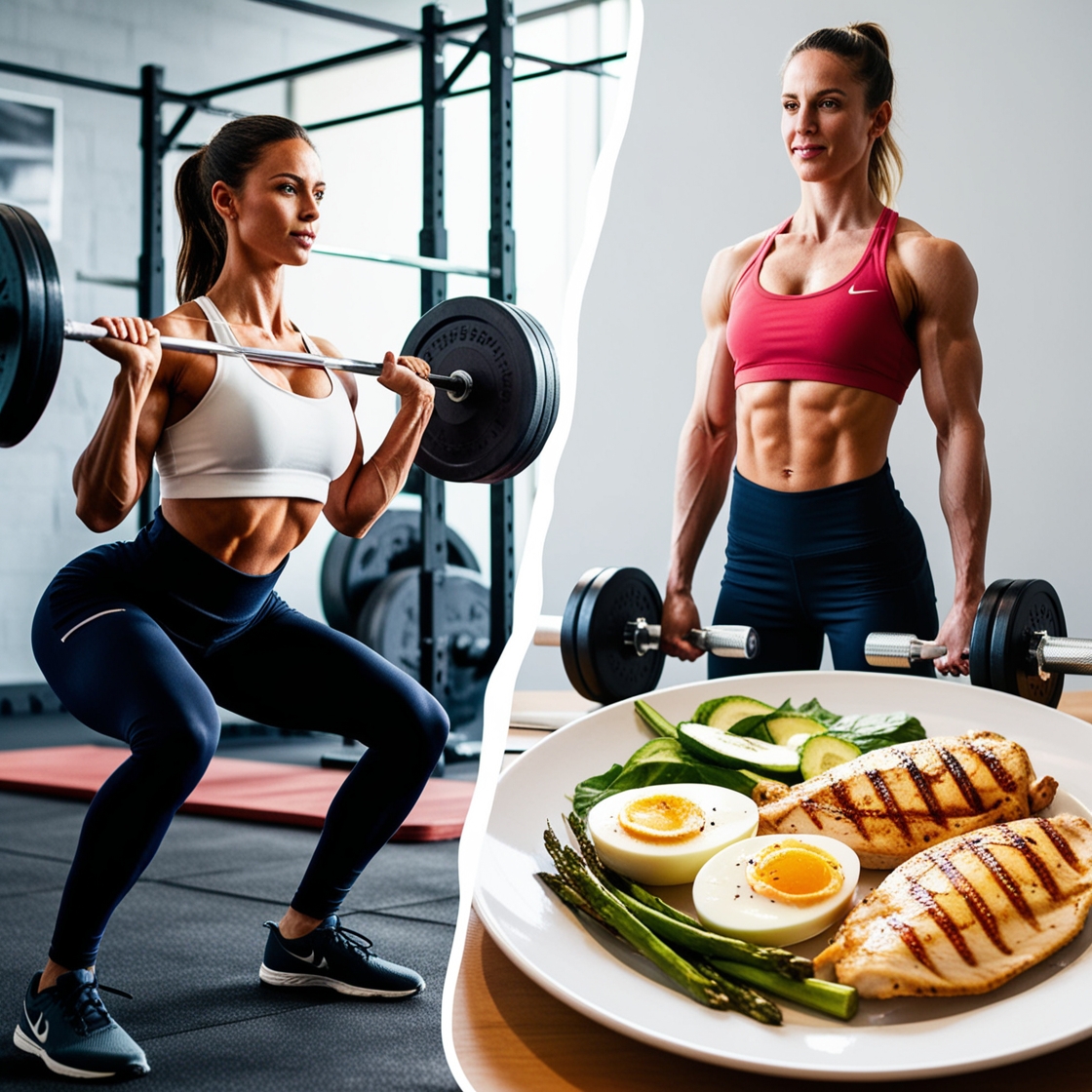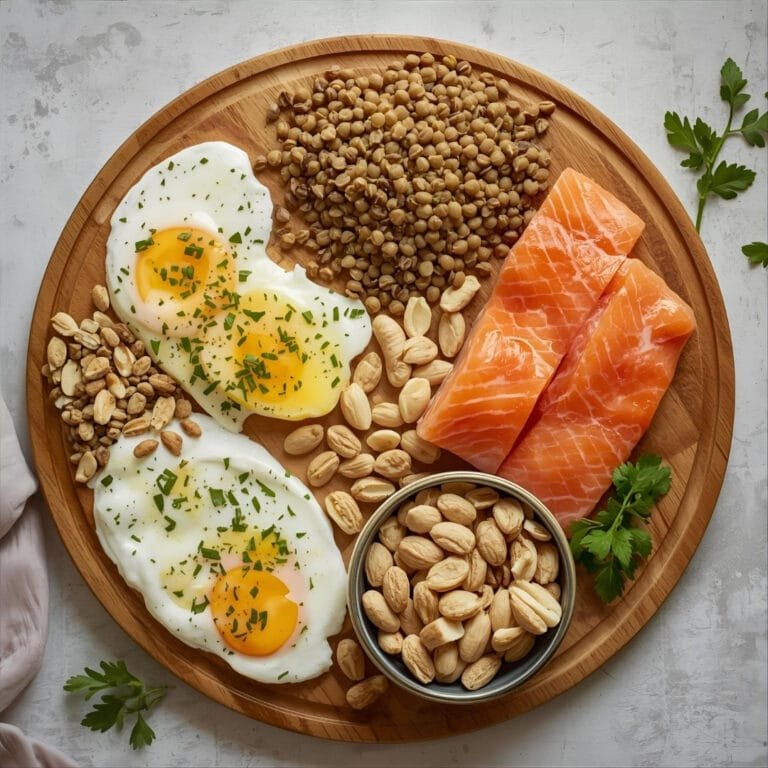Disclosure:
Thank you for reading this post, don't forget to subscribe!
Some of the links on this website are affiliate links. This means that if you click on the link and make a purchase, we may receive a small commission at no extra cost to you. Your support helps us keep the site running.Learn more on my Privacy Policy and Affiliate Disclosure page. Thank you for your support!
A high-protein diet is all about giving your body the protein it craves to run at its best. It’s like introducing your body to its new favorite playlist—full of energy and vibrance. Protein isn’t just about building muscles; it helps with everything from repairing tissues to making enzymes and hormones.It has become a cornerstone for individuals looking to build muscle, lose weight, or maintain overall health. But how do you start a high-protein diet effectively? This guide will provide an in-depth look at the benefits, practical tips, and meal ideas to help you get started and sustain success.
What is a High-Protein Diet?
A high-protein diet emphasizes protein-rich foods as the foundation of daily meals. Protein is essential for repairing tissues, building muscle, and supporting immune function. The diet typically involves increasing protein intake while moderating carbohydrates and fats based on individual goals.
General Protein Recommendations:
- Average Adults: 0.8 grams per kilogram of body weight.
- Athletes/Active Individuals: 1.2–2.0 grams per kilogram of body weight.
READ NEXT:
Benefits of a High-Protein Diet
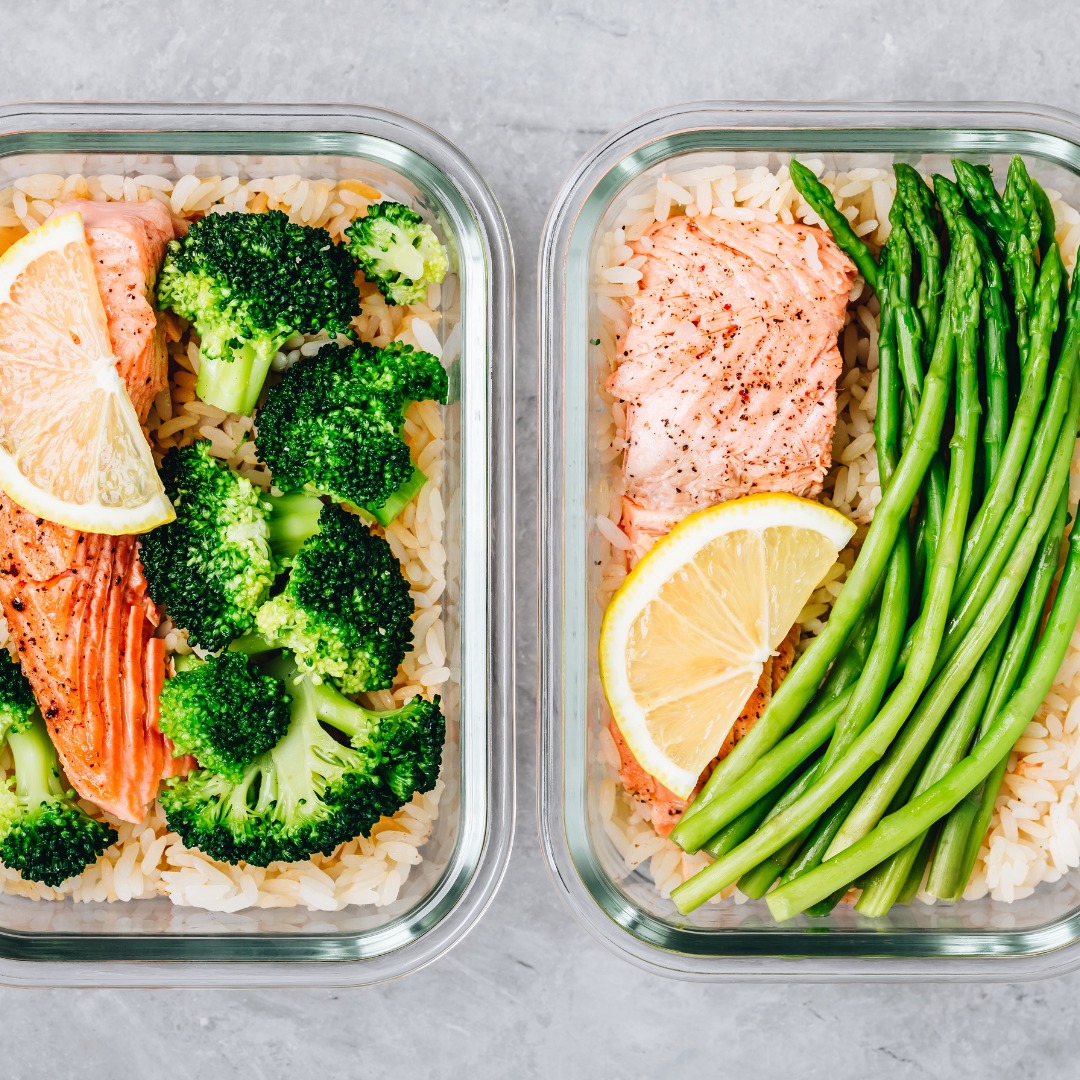
- Promotes Muscle Growth and Repair
Protein provides the building blocks (amino acids) necessary for muscle recovery and growth, especially after workouts. - Supports Weight Loss
High-protein diets increase satiety, reducing hunger and helping control calorie intake. - Boosts Metabolism
Digesting protein requires more energy than fats or carbs, which can slightly increase your calorie burn. - Maintains Bone Health
Protein supports calcium absorption and bone density, reducing the risk of osteoporosis. - Stabilizes Blood Sugar Levels
Protein slows the absorption of sugar, preventing spikes and crashes in blood glucose.
Check out our blog post on Healthy Eating Tips and How To Meal Prep For beginer.
- Healthy Eating Tips for Busy Lifestyles – Choose High-Quality Protein Sources nutrition section.
- How to Meal Prep Like a Pro – Prepare Meals in Advance nutrition section.
How to Start a High-Protein Diet
- Set Clear Goals
- Are you looking to lose weight, build muscle, or maintain overall health?
- Adjust your protein intake based on your activity level and health objectives.
- Choose High-Quality Protein Sources
Opt for lean proteins and plant-based options to ensure a balanced diet.
Examples of Protein Sources:
- Animal-Based: Chicken, turkey, lean beef, eggs, Greek yogurt, fish, and seafood.
- Plant-Based: Lentils, chickpeas, tofu, tempeh, edamame, quinoa, and nuts.
- Incorporate Protein into Every Meal
Include a protein source in breakfast, lunch, dinner, and snacks to meet your daily needs. - Track Your Intake
Use a food diary or app to monitor your protein consumption and ensure you’re hitting your goals.
High-Protein Meal Ideas
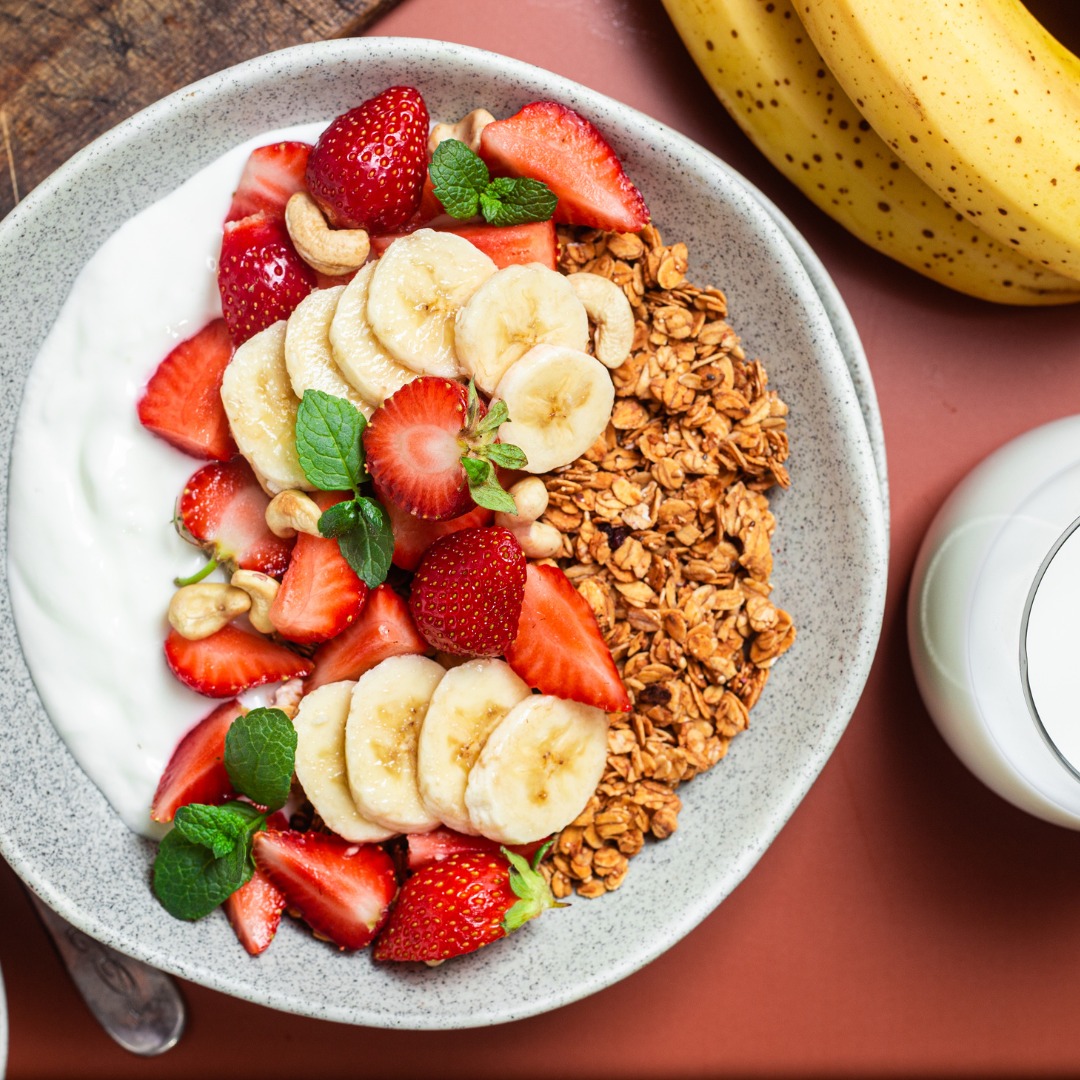
Breakfast:
- Scrambled eggs with spinach and turkey bacon.
- Greek yogurt with berries and a sprinkle of chia seeds.
Lunch:
- Grilled chicken salad with quinoa and mixed greens.
- Lentil soup with a slice of whole-grain bread.
Dinner:
- Baked salmon with steamed broccoli and sweet potatoes.
- Tofu stir-fry with vegetables and brown rice.
Snacks:
- A handful of almonds or mixed nuts.
- A hard-boiled egg or cottage cheese with sliced cucumbers.
Tips to Succeed on a High-Protein Diet
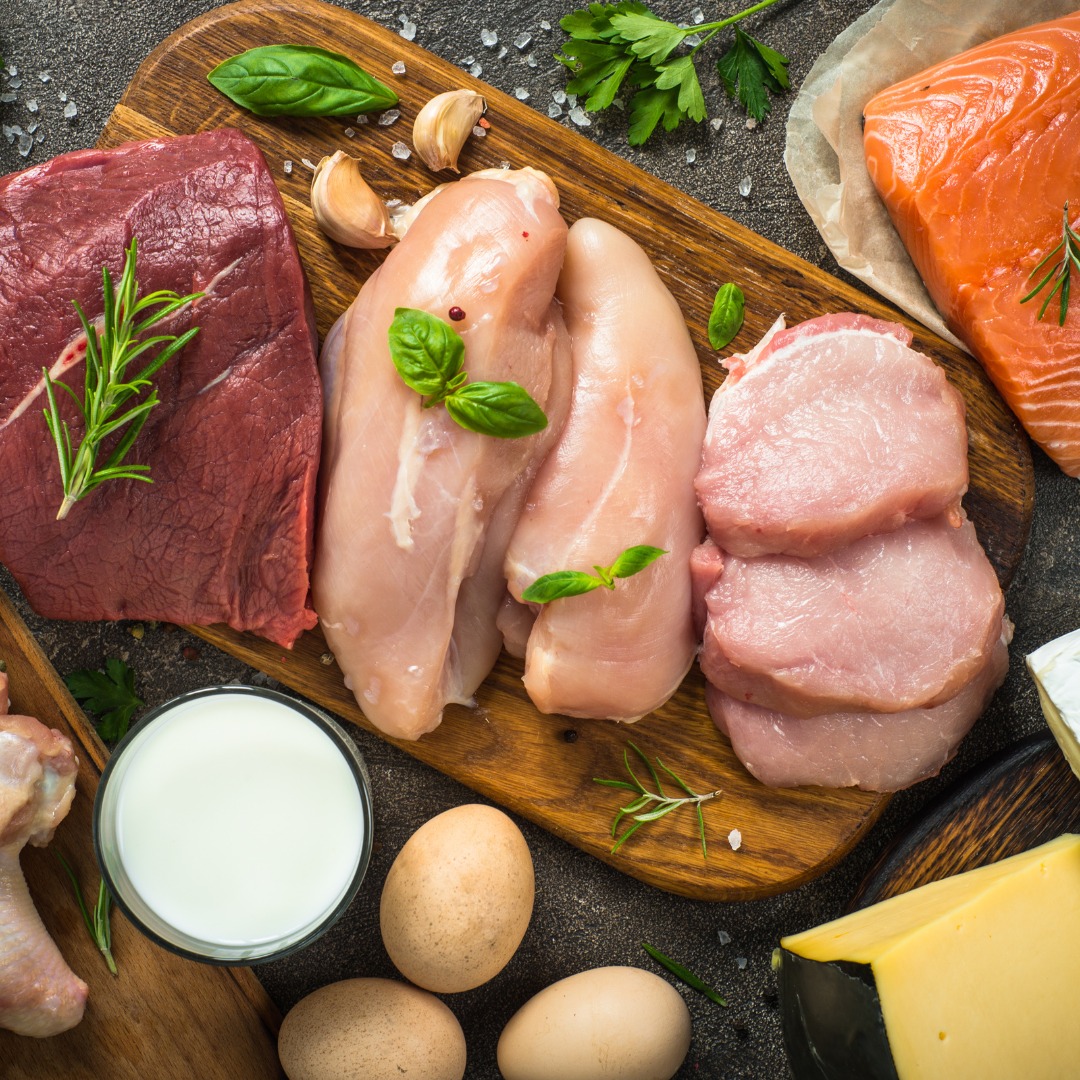
- Balance Your Macronutrients:
Pair protein with healthy fats and complex carbs for a well-rounded meal. - Hydrate Adequately:
Protein metabolism produces byproducts like urea, so drinking enough water is crucial. - Prepare Meals in Advance:
Batch-cooking proteins like chicken or lentils can save time and keep you on track. - Listen to Your Body:
Adjust your protein intake based on how you feel and any recommendations from your healthcare provider.
Check out this other helpful source from trusted network.
- Harvard Health: Benefits of a High-Protein Diet – Linked in the “Benefits of a High-Protein Diet” section.
- USDA Protein Foods Group – Linked in the “Examples of Protein Sources” section.
Potential Drawbacks and Considerations
- Kidney Health:
High protein intake may strain the kidneys in individuals with preexisting kidney conditions. Consult a doctor before starting. - Nutrient Balance:
Focusing solely on protein may lead to deficiencies in other essential nutrients. Incorporate a variety of foods to maintain balance. - Cost of Protein Sources:
Some protein-rich foods can be expensive. Choose cost-effective options like eggs, beans, and canned fish.
recent post:
FAQs About High-Protein Diets
1. Can I follow a high-protein diet as a vegetarian or vegan?
Absolutely! Include plant-based proteins like tofu, lentils, chickpeas, quinoa, and nuts.
2. Is a high-protein diet safe for long-term use?
For most people, yes. However, consult a healthcare provider if you have underlying health conditions.
3. How much protein is too much?
Excess protein (above 2.5–3 grams per kilogram of body weight) may cause strain on the kidneys over time.
Ready to transform your diet and improve your health? Start incorporating these high-protein meal ideas into your daily routine today! Share this article with friends and family looking for sustainable ways to eat healthier, and explore more nutrition tips on Morningscape Mindset Media. Together, let’s achieve your goals!
more about:
HEALTH / WELLNESS / FITNESS / NUTRITION
share this article

